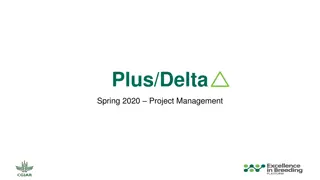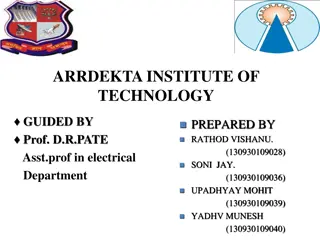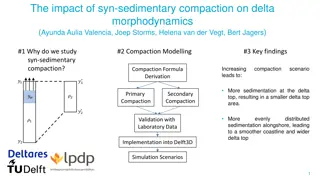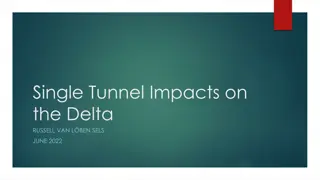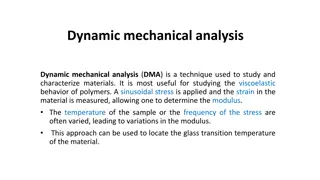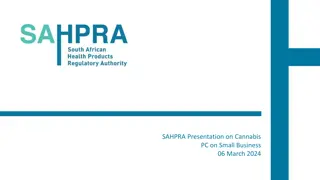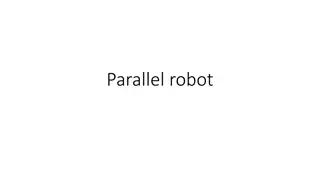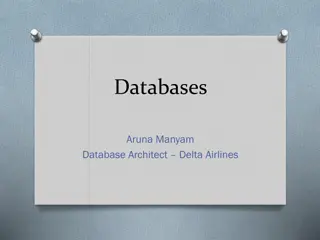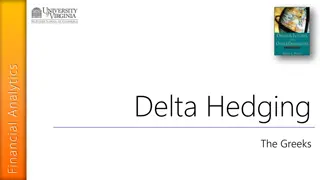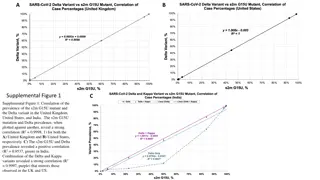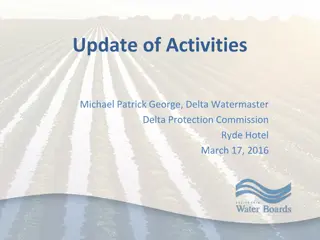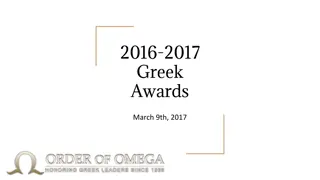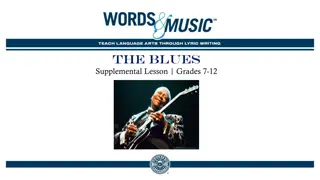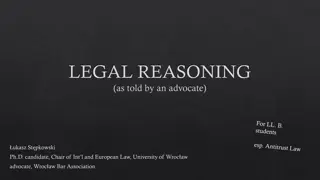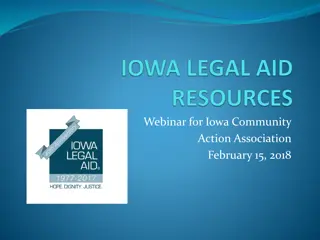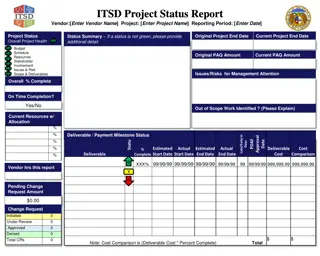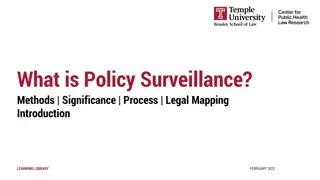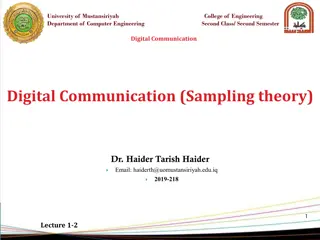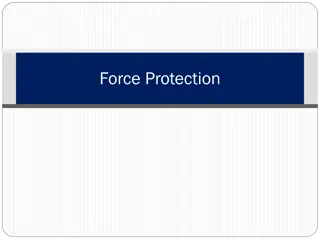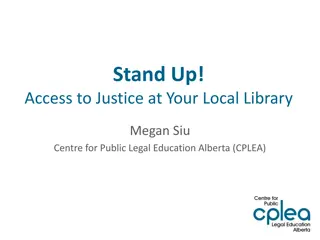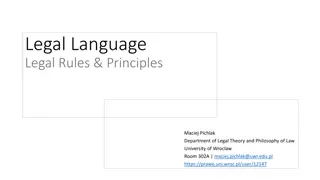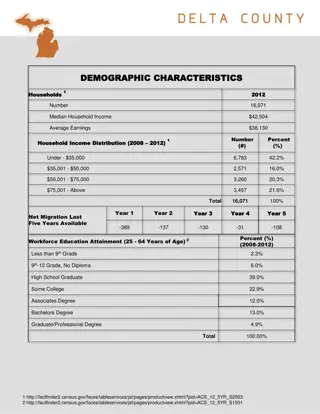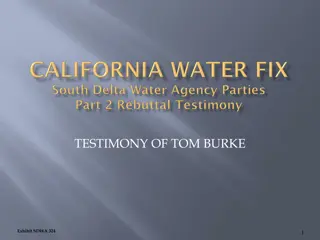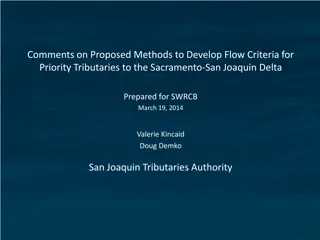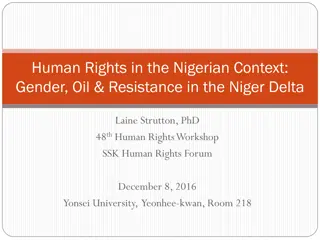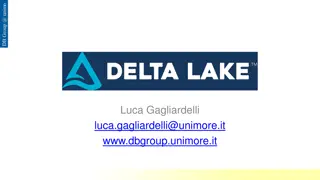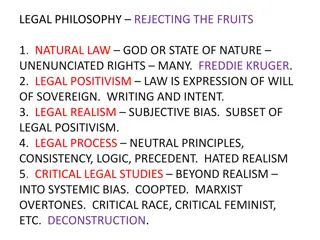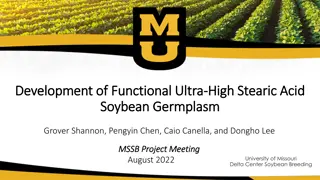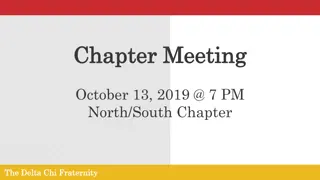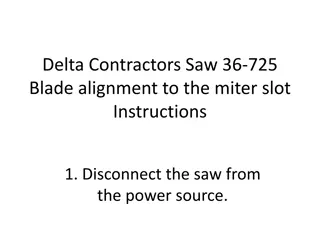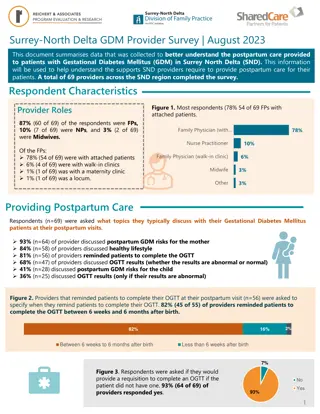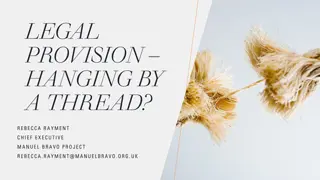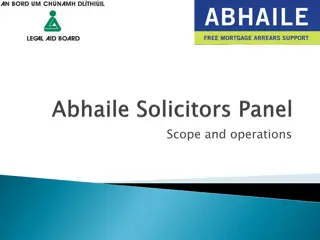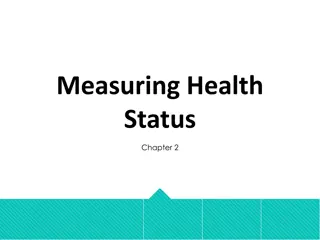Understanding Delta-8 THC and its Legal Status
Explore the differences between Delta-8 and Delta-9 THC, the legal intricacies surrounding Delta-8, and its implications in states where marijuana is legal. Discover how the 2018 Farm Bill affects the legality of Delta-8 and the evolving regulatory landscape.
Download Presentation

Please find below an Image/Link to download the presentation.
The content on the website is provided AS IS for your information and personal use only. It may not be sold, licensed, or shared on other websites without obtaining consent from the author. Download presentation by click this link. If you encounter any issues during the download, it is possible that the publisher has removed the file from their server.
E N D
Presentation Transcript
Marijuana Hot Topics Diane A Tennies, PhD, LADC Lead TEAP Health Specialist July 20 and 22, 2021
Learning Objectives 01 02 03 1.) Describe the two major differences between Delta 8 and Delta 9 THC. 2.) Understand why Delta 8 is federally legal however not allowed at Job Corps. 3.) Describe four motivational enhancement strategies to assist when providing intervention services to students coming from states where marijuana (THC-9) is legal for recreational use.
Brave New World (1932) by A. Huxley + Prediction of the future + The totalitarian government gives Soma, a chemical designed to provide a calming and euphoric effect + People are urged to take Soma whenever they feel any negative emotion and thus are kept docile + People don t rebel against the government because they are too calm to care
Brave New World: Hemp +More names for one plant family than you could imagine +Cannabis, hemp, and marijuana all plants in the Cannabaceae family +Hemp is Cannabis sativa L. Low levels of THC (tetrahydrocannabinol- psychoactive) and high levels of CBD (cannabidiol non-intoxicating) +Legally defined as <0.3 percent THC +While the legal definition described above had not been legitimized until the Agricultural Act of 2018 changed many things (more on this later) + This act defined HEMP as non-intoxicating Cannabis that is harvested for the industrial use of its derived products (CBD, skin care, rope, clothing, etc) +Must be Derived from Hemp
Cousin of Hemp (taxonomically speaking) Mainly from the Cannabis Sativa plant Brave New World: Marijuana Contains intoxicating and psychoactive effects of THC-9 Main compound in cannabis causes: euphoria, happiness, sedation, symptom relief, and much more Large amounts of THC are found in majority of cannabis strains
Why Delta 8 now? + 2018 Farm Bill made it legal to grown hemp + Defined hemp as: All derivatives, extracts, cannabinoids, isomers, acids, salts, and salts of isomers, whether growing or not, with a delta-9 tetrahydrocannabinol concentration of not more than 0.3 percent. + This language made delta-8 legal, because it does not contain any delta-9 THC + Delta-8 is extracted/derived from Hemp + Making delta-8 legal in states where delta-9 THC is illegal (sometimes) + Producers/retailers of delta-8 sell only in states that have laws mirroring the farm bill s language + 08/2020 DEA released Interim Final Rule to update and confirm the differences between hemp and cannabis which said: All synthetically derived tetrahydrocannabinols remain Schedule I controlled substances, which would make delta-8 illegal because it is a tetrahydrocannabinol that is extracted, or synthetically derived + Conflicts with farm bill language making delta-8 s federal legality hazy
Delta-8-tetrahydrocannabinol versus Delta-9-tetrahydrocannabinol Delta-8 and delta-9 are both forms of THC Delta-8 THC a minor cannabinoid occurring in the plant in very small concentrations Delta-8-THC called THC lite and produces a weaker psychoactive result Delta-8 (like delta-9), binds to the body s endocannabinoid system = intoxicating effects Both cannabinoids have a chain of carbon atoms, but delta-8 has the double bond (what causes intoxication) on the eighth carbon, whereas delta-9 has it on the ninth THC can cause negative effects (bringing on anxiety or paranoia). Delta-8 may offer a smoother and milder high (theoretically) Very little research on delta-8 as compared to Delta 9 THC
If Delta 8 is Legal Federally -Why Not at JC? Exhibit 2.1 Zero Tolerance Infractions (see page 3) Drugs: Possession or distribution of drugs on center or under center supervision Knowingly possessing, using, or distributing any of the following: + Illegal drugs, as defined by the Controlled Substances Act including seeds and residue, except when the drug is possessed and/or used in accordance with a valid prescription (Note: Under Federal law, no valid prescription can be provided for Schedule I drugs, including marijuana) + Synthetic drugs + Legalized marijuana + Prescription drugs not prescribed for the individual + Substances used for the purpose of intoxication + Over-the-counter medications for the purpose of intoxication + Drug paraphernalia + Drug sale ledger or distribution list
What about Drug Testing? Will someone using Delta 8 test positive for cannabis? Short Answer is Yes. Those using Delta-8 have a high probability of having a positive drug test (unlike CBD where the likelihood is lower of testing positive).
Motivational Interviewing (MI)/Enhancement +History with Job Corps (JOB CORPS INFORMATION NOTICE NO. 09-68) 2/24/2010 +Refers to a counseling approach that recognizes and accepts the fact that people who need to make changes in their lives view counseling from different levels of readiness to change their behavior. +MI is non-judgmental, non-confrontational, and non-adversarial. +The approach attempts to increase a person s awareness of the problems caused, consequences experienced, and risks faced as a result of the behavior in question. +The MI skill can be learned and utilized by Job Corps staff at all levels. +National Office of Job Corps is interested in integrating the concept into every aspect of the Job Corps program.
Early History of MI MI developed as an intuitive approach to confronting denial in counseling alcoholics by using well-established principles of motivation and social psychology. In 1983, William R. Miller wrote about an interpersonal process in working with problem drinkers. Then addiction counseling was confrontational and elicited denial. Miller incorporated Roger's nondirective, yet person-centered principles and developed a motivation process using Prochaska and DiClemente's stages of change model. Based in Carl Rogers's client- focused counseling approaches from the 1950s.
Motivational Enhancement A person-centered directive method for enhancing internal motivation for change by exploring and resolving ambivalence. Miller & Rollnick, 1991 and 2002
Motivational Interviewing It is designed to strengthen an individual s motivation for and movement toward a specific goal by eliciting and exploring the person s own arguments for change. is a collaborative, goal- oriented method of communication with particular attention to the language of change.
Principles of Motivational Interviewing (MI) Express Empathy Developing Discrepancy Rolling with Resistance Support self-efficacy
Gather information OARS Open-ended questions Affirmations Reflective listening Summarizing Next: Eliciting change talk self-motivation Assess 0-10 importance/confidence Rolling with resistance Probe higher/lower
Examples of MI Four opened ended questions Why would you want to make this change? How might you go about it, in order to succeed? What are the three best reasons to do it? On a scale from 0-10, how important would you say it is for you to make this change? Follow up: And why are you a ____ and not a zero So what do you think you ll do? and just listen
Examples that are NOT MI Explaining (in detail) why the person should make the change Give at least three specific benefits that would result from making the change Fall into the question/answer trap student should do most of the talking Unsolicited advice Tell the person how they could make the change Emphasize how important it is to make the change If you meet resistance, repeat the above Persuade the person to do it Focus prematurely on the solution
Typical Reactions to Directive/Teaching Style Invalidated Not respected Not understood Not heard Angry Ashamed Uncomfortable Unable to change Resist Arguing Discounting Defensive Oppositional Denying Delaying Justifying Withdraw Disengaged Disliking Inattentive Passive Avoid/leave Not return
Typical Responses to Listening and Empathic Style Affirmed Understood Accepted Respected Heard Comfortable/safe Empowered Hopeful/Able to change Accept Open Non-defensive Interested Cooperative Listening Approach Talk more Liking Engaged Activated Come back
After Empathy comes Developing Discrepancy Positives things about keeping things the way they are Positives things about making the change problem Negative things about keeping things the way they are Negative things about making the change
Interested? Next Steps +MI requires time and practice to do well +Review of training methods in MI found that while most methods promoted motivational interviewing skills, those using an objective system of evaluation and feedback (coding and coaching) promoted broader, deeper learning with persistent effects on practitioner skills. +Studies suggest that for many practitioners, MI skill development can be developed through: +Reviewing motivational interviewing concepts either by reading or participating in a workshop +Followed by practicing motivational interviewing skills +Subsequent clinical supervision and coaching
Motivational Interviewing References https://motivationalinterviewing.org/ https://motivationalinterviewing.org/ https://www.stephenrollnick.com/ https://www.stephenrollnick.com/ www.groupmiforteens.org www.groupmiforteens.org



